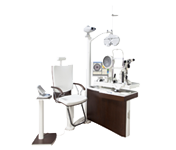 Workstations / Ophthalmic tables
Workstations / Ophthalmic tables 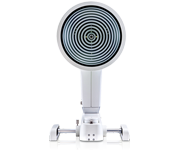 Topography
Topography 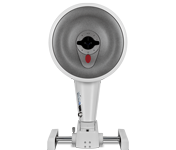 Tomography
Tomography 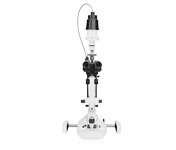 Slit Lamp / Documentation
Slit Lamp / Documentation 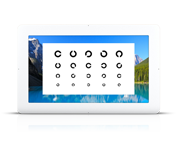 Refraction Equipment
Refraction Equipment 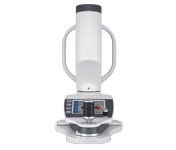 Myopia Management
Myopia Management 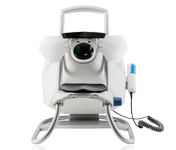 Perimetry
Perimetry 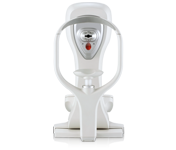 Tonometer
Tonometer  Visual Test Equipment
Visual Test Equipment 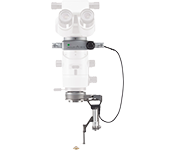 Vitreoretinal Surgery
Vitreoretinal Surgery 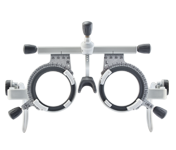 Refraction
Refraction 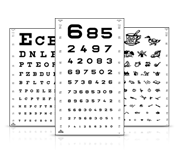 Vision Test Types
Vision Test Types  Stereo Tests
Stereo Tests  Eye Test Units
Eye Test Units  Orthoptics / Pleoptics
Orthoptics / Pleoptics  Other Products
Other Products 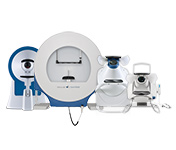 Perimetry
Perimetry 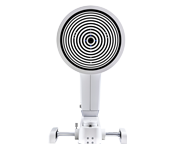 Dry Eye
Dry Eye 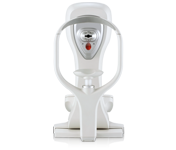 Corneal Biomechanics
Corneal Biomechanics 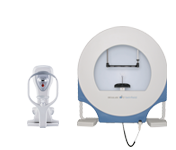 Glaucoma
Glaucoma 

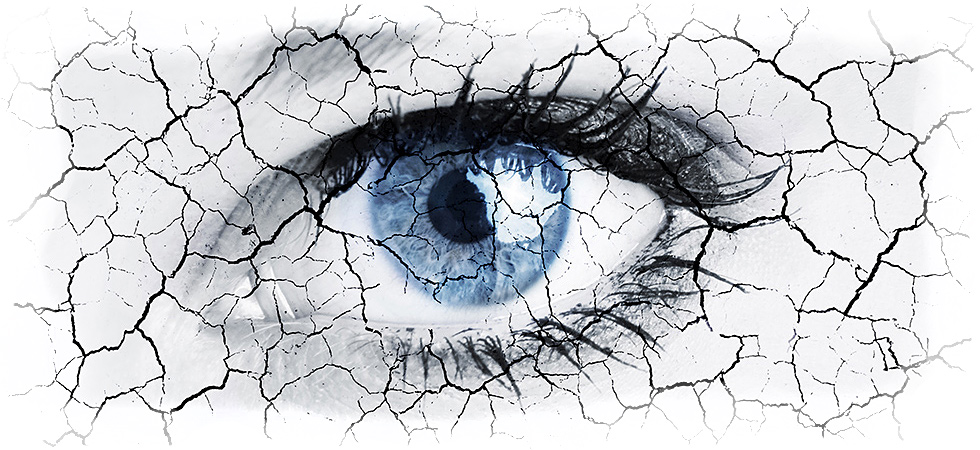


Dry eye is well on its way to becoming an everyday condition. No less than 17 % of the total population are affected, and the trend is rising. Sufferers report a variety of symptoms and complaints, including itchy, burning or tired eyes, to name just the most common ones. As it is a multifactorial disorder, the key task for ophthalmologists and optometrists is to set the patient on the right course from the very moment they record their patient’s history and also to use the equipment that is most suitable for proper diagnosis and treatment.




After recording the patient’s history the foremost task is to decide on an examination method. There are a number of possibilities, with major advantages favouring noninvasive or minimally invasive techniques. One advantage is that they allow ocular surface data to be gathered without inducing any significant secretion from irritation. Results obtained using this method reflect the unperturbed status of the ocular surface. If invasive tests become necessary in the course of an examination, they should always follow the noninvasive tests.




OCULUS has a number of methods and options to offer when it comes to dry eye screening, follow-up and patient management: The Topographers Keratograph 5M, Keratograph 4 and Easygraph, the ideal solution to practices struggling with limited space.


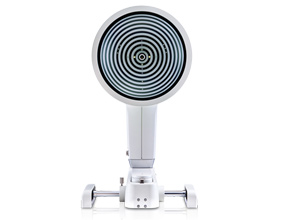
Keratograph 5M
The OCULUS Keratograph 5M is an advanced corneal topographer with a built-in real keratometer and a colour camera optimized for external imaging.
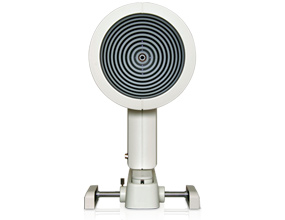
Keratograph 4
Gold standard corneal topography – that’s what the Keratograph 4 is all about. It ensures reliability when it comes to taking measurements, providing consultation and fitting contact lenses.
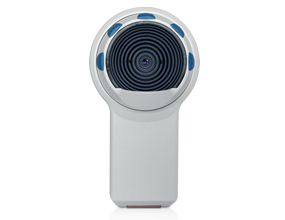
Easygraph
Mounting directly on the slit lamp, this space-saving corneal topographer incorporates assessment of the cornea directly into the examination process.




There is no single test to reliably diagnose dry eye, as there are always several factors involved, and sufferers may report a variety of symptoms. The key to proper analysis of the various factors involved in eye wetting disorders and determination of their causes lies in a broad-based diagnostic approach. The necessity of this is already evident in view of the variety of risk factors that may trigger dry eye symptoms.
Risk factors for dry eye:


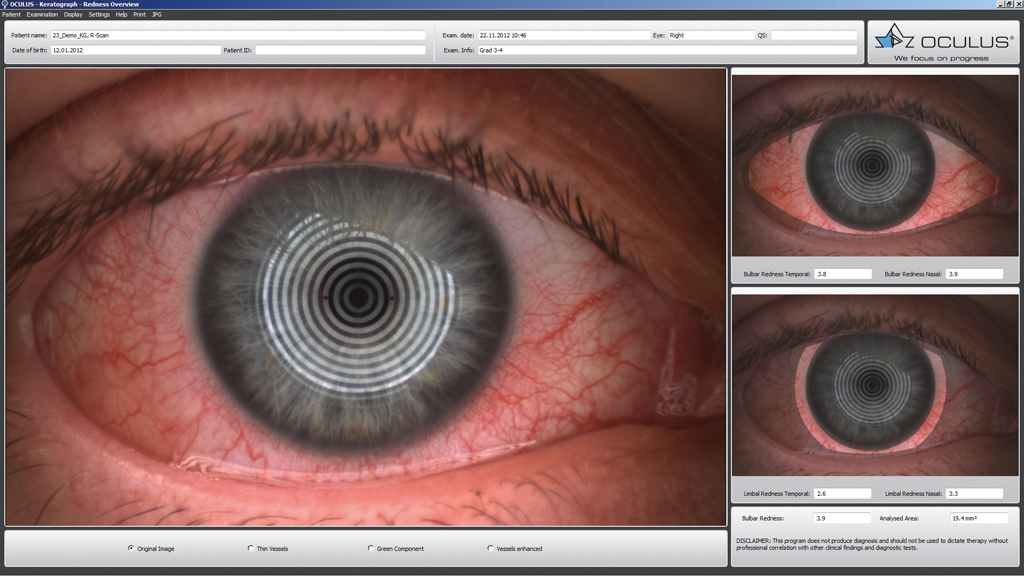


The OCULUS Keratograph 5M with its easy-to-integrate JENVIS Pro Dry Eye Report supports eye care practitioners in this broad-based diagnostic approach.
Read on to find out what makes this combination so special.
The new JENVIS Pro Dry Eye Report is an optional software to the OCULUS Keratograph 5M. In addition to assisting you with quickly and reliably determining the causes of dry eye it provides further important benefits for your daily practice:




Performing an accurate examination is only one of several essential steps in analysing and treating dry eye. It all starts with a professional interview of the presenting patient. Questionnaires for the patients to fill in themselves or to go through with the examiner are ideal for this purpose.




Today, there are international standards for this such as the DEQ OSDI (dry eye questionnaire Ocular Surface Disease Index) or the DEQ McMonnies. They help the eye care practitioner to gather and organize valuable information and precisely determine the degree of dry eye.
One major advantage of the JENVIS Pro Dry Eye Report is that it includes the most common international questionnaires – making them all available to you at the touch of a button.




Clear-cut routines are needed more than ever today in order to provide effective and efficient treatment to the many patients seeking relief. This calls for well-organized processes from the initial standard screening to the follow-up. They are what allows you to focus on your primary task: treating your patients successfully. The JENVIS Pro Dry Eye Report also offers you optimal support in this regard, guiding you step by step all the way from the initial examination to the follow-up.




Download the Case Report “Key Measurements for the Comprehensive Patient Assessment, Management and Education” by Dr. Keyur Patel, BSc(Hons) OD, DipTP(IP) DipGlauc DipSpV FAAO FCOptom FBCLA Tompkins, Knight & Son Optometrists, UK, and learn about his approach to dry eye assessment.


More often than not, patients do not present with a text book case of a single issue. Usually, they have a combination of concerns that may or may not be relevant to each other. In the world of contact lenses, comfort and drop out are often related to a poor ocular surface, rather than the latest generation of contact lens products. This case report demonstrates how multi-tasking tools, such as the OCULUS Keratograph 5M, allow us to investigate multiple issues and concerns in a parallel stream allowing maximum efficiency and outcome.
DOWNLOAD PDF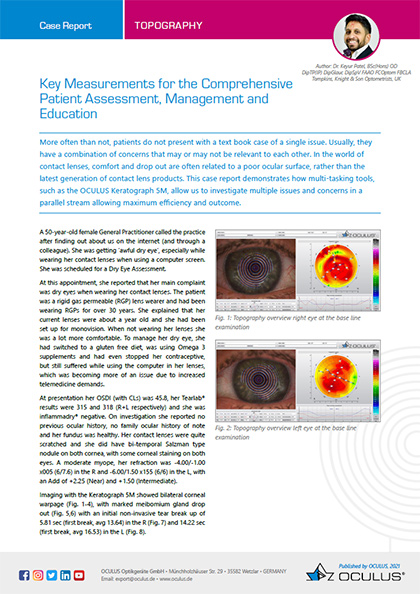






Since 1895 OCULUS has repeatedly presented major innovations in the field of ocular diagnostics. Therefore it comes as no surprise that OCULUS is also offering trend setting solutions for the diagnosis and treatment of dry eye.
As usual at OCULUS, these solutions were developed hand in hand with scientists and eye care practitioners.

 Contact the OCULUS team
Contact the OCULUS team




Patient education is an important part of dry eye management. Patients who understand the nature of their disease are more likely to be disciplined in taking their prescribed medication and adhering to recommended behaviours.


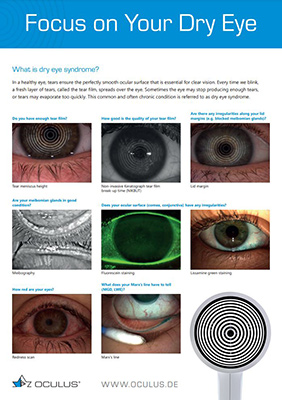




An intact tear film ensures that our eyes do not dry out. It consists of several layers, with an oily lipid layer protecting the watery layer beneath it from evaporating. The watery layer contains oxygen and supplies the cornea with essential nutrients. Beneath this, there is a mucous mucin layer by which the tear film adheres to the cornea. The tear film also protects the eye against foreign bodies and bacteria.




The meibomian glands are located along the inner edge of the eyelids. They produce the lipids of the oily layer. This is distributed across the ocular surface with every blink of the eye, protecting the tear film from evaporating too quickly. If the functions or structure of the tear film are impaired, this leads to sensations of dryness.




The tears form what is known as the tear film. This tear film is made up of three different layers that serve to wet the surface of the eye, specifically the inside surfaces of the eyelids, the conjunctiva and the cornea. The tear film fluid keeps the ocular surface smooth and supple, contributing to good vision. By contrast, a dry ocular surface becomes sore and opaque, causing discomfort. A healthy tear film also serves the function of protecting the eye against infections by means of its germicidal constituents. After all, the eyes are constantly exposed to diverse environmental influences.
The first step is to ask an eye care practitioner to examine the symptoms and obtain a diagnosis. This enables the eye care practitioner to exclude the possibility of a serious disease. Often, the discomfort is caused by outside influences such as air-conditioned rooms, car ventilators or smoke. Smoking, whether active or passive, also adversely affects tear film stability. Contact lens wearers are advised to regularly rewet their contact lenses. Cosmetics are another possible cause of dry eye and may irritate the tear film. Regular eyelid cleansing is therefore essential for cosmetics users.
Only an eye care practitioner can decide what measures will help treat the causes and symptoms of dry eye. Often, “artificial tears” are used to alleviate an eye wetting disorder. Which of the various drugs and preparations available should be used can only be decided by an eye care pracitioner after a thorough examination.
Only in extremely rare cases are eye wetting disorders a threat to the affected person’s vision. The major issue often is long-term discomfort from irritation of the ocular surface (such as pain and itching of the eyes), which can also lead to emotional stress. This in itself will then necessitate treatment.
However, an eye wetting disorder can have the added effect of weakening the eye’s resistance to other disorders. This can lead to bacterial or viral inflammation, resulting in ulcers in the worst case. Eyes that are constantly dry are prone to corneal vascularization, which may leave scars and opacities behind. Acute problems emerge when the eyelids lose shape or incomplete eyelid closure prevents the necessary distribution of tear fluid, causing the eye to dry out quickly. This calls for immediate action, as the cornea may otherwise sustain severe damage.
Whether a person with impaired vision suffering from dry eye can still wear contact lens is only for an eye care practitioner to decide and in any case requires a thorough examination. Generally speaking, dry eyes do not preclude wearing contact lenses.
Dry eye may have very different causes. The most common cause is an elevated evaporation rate. Lack of tear fluid, by contrast, is rarely the sole cause. When it does occur, then usually in association with excessive evaporation. The main cause of excessive tear fluid evaporation is often a functional disorder of the meibomian glands (MGD). These glands produce the oily layer of the tear film. Impairment of this essential part of the tear film can cause it to evaporate at a higher rate.
However, dry eye today is also increasingly caused by external influences. One reason for this is that we spend more and more time looking at screens. Intently focussing our eyes on a computer, smartphone or tablet screen drastically reduces our blinking frequency. In some cases the eye fails to close fully during blinking so that the tear film can no longer be distributed. In addition, tear film evaporates more quickly in closed rooms. This may be due to dry air produced by heating or air conditioning. However, proper wetting of the eye surface may also be disrupted by smoke or an air draught. The same applies to contact lenses.


Product Categories